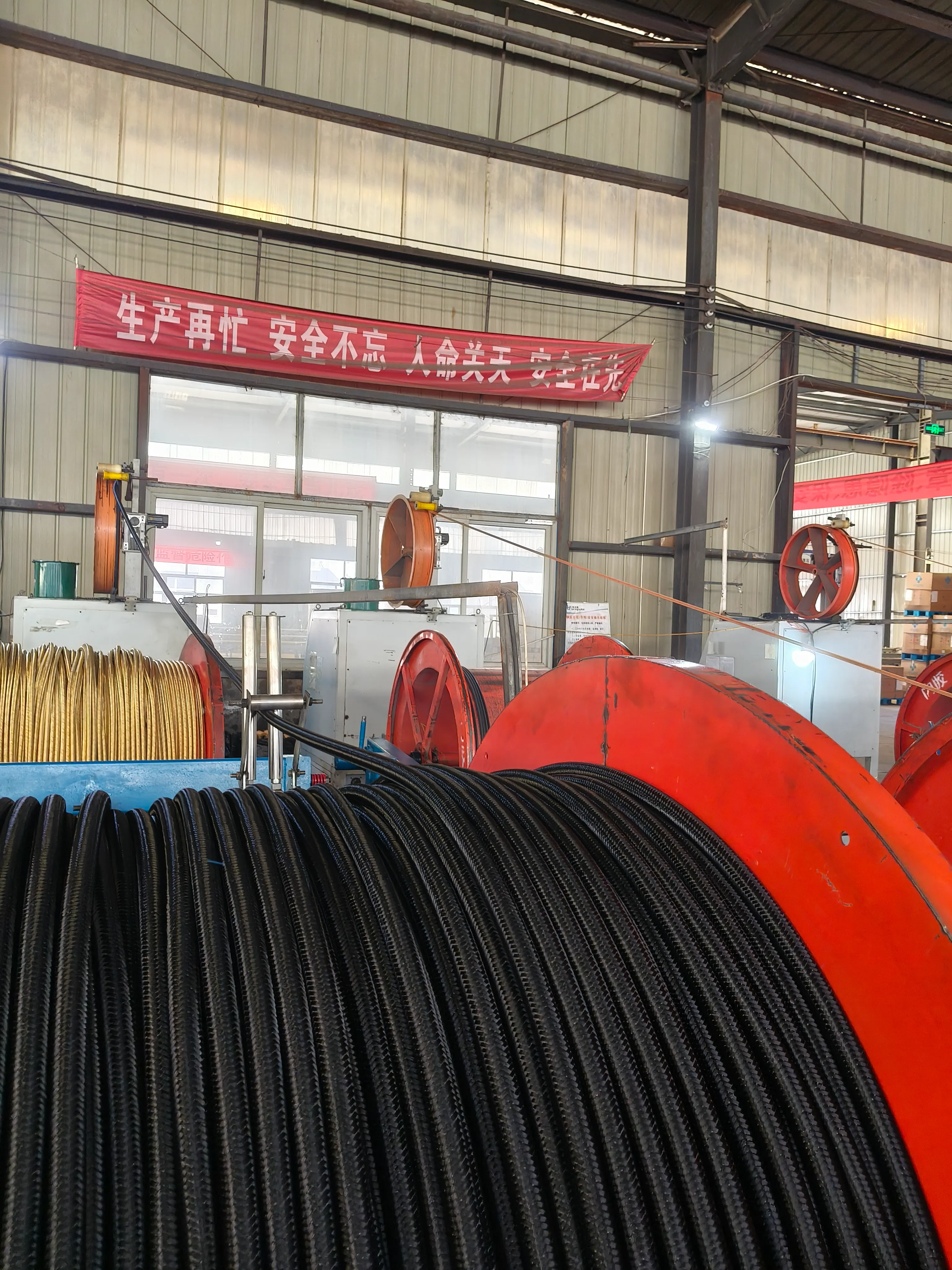Өндөр даралтын шланга нь аж үйлдвэр, барилга, уул уурхай, авто засвар зэрэг салбаруудад өргөн хэрэглэгддэг зайлшгүй хэрэгсэл юм. Эдгээр шлангууд нь өндөр даралтын нөхцөлд агаар, шингэн, хий зэргийг зөөвөрлөх шаардлагатай үед чухал үүрэг гүйцэтгэдэг. Тэдгээр нь чанартай, найдвартай, удаан хэрэглэгддэг материалаар хийгддэг бөгөөд олон төрлийн загвар, хэмжээтэй байдаг.
While hydraulic rubber hoses are built to be durable, regular maintenance is crucial to ensure their longevity and safety. This involves inspecting hoses for signs of wear, such as cracks, bulges, or leaks. Any damage should be addressed promptly, as compromised hoses can lead to fluid loss and system pressure failure, posing safety risks.
Since hose may change in length from +2% to -4% under the surge of high pressure, provide sufficient slack for expansion and contraction.
Never use a bending radius less than the minimum shown in the hose specification tables. The bending radius of the hose should be far away from the hose fitting (A>1.5R)
Hose bending radius is bigger when it is in motion.
Choose proper fittings, avoid twisting in hose lines bent in two planes.
Avoid twisting in hose by use clamp properly.
Hose should not be twisted, hose is weak when installed in twisted position. Also pressure in twisted hose tends to loosen fitting connections. Design so that machine motion produces bending rather that twisting.
Leave proper length when the hose in connected
Choose proper fittings, avoid too small bending radius and excess force.
Choose proper fittings, avoid excessive hose length.
Reuse friction, avoid hose touching the object directly or far away from the object.
Hose Active Working Pressure Working Life
As shown , when active working pressure in 1.25 times recommended working pressure, the hose working life is only half of i under working in recommended working pressure.
Store Conditions of the Assembly.
1.If possible, the storing temperature range is within 0-30 ℃. During storing, temperature should not exceed 50℃
2.The storing areas can not place equipment within can produce ozone.For example mercury vapour lamp, high voltage electric device and other equipment which can produce spark or set out electricity.
3.Can not be placed with erosive products or exposed over gas-volatile on these products.
4.Far away from heat source and equipment which can produce electric field or magnetic field
5.Avoid sunshine or strong artificial light source
6.Avoid to touch the sharp objects or the ground
7.Guarantee against rodent attacking.
8.Observe the rule of “First in, then first out”
High pressure steam hose pipes are essential components in various industries where steam is used for heating, cleaning, or processing. Their ability to withstand high temperatures and pressures makes them indispensable in areas such as manufacturing, food processing, power generation, and chemical processing. This article explores the characteristics, applications, and maintenance of high pressure steam hose pipes.
In an era where industrial efficiency and safety are paramount, understanding the benefits and applications of ultra high pressure hoses is essential for businesses operating in high-stakes environments. Their durability, flexibility, and ability to handle extreme pressures make them indispensable in today’s fast-paced industrial settings. As technology advances, it is expected that these hoses will continue to evolve, offering even greater capabilities and efficiencies for a diverse range of applications. Investing in ultra high pressure hoses is not just a choice; it’s a strategic decision that enhances operational reliability and safety in an increasingly demanding industrial landscape.
At its core, a hydraulic hose hand crimper is designed to crimp the end of hydraulic hoses onto fittings. The process of crimping involves compressing the fitting onto the hose with a specific force, which creates a leak-proof seal. This is critical because hydraulic systems operate under high pressure, and any leakage can lead to system failure, safety hazards, and costly downtime.



